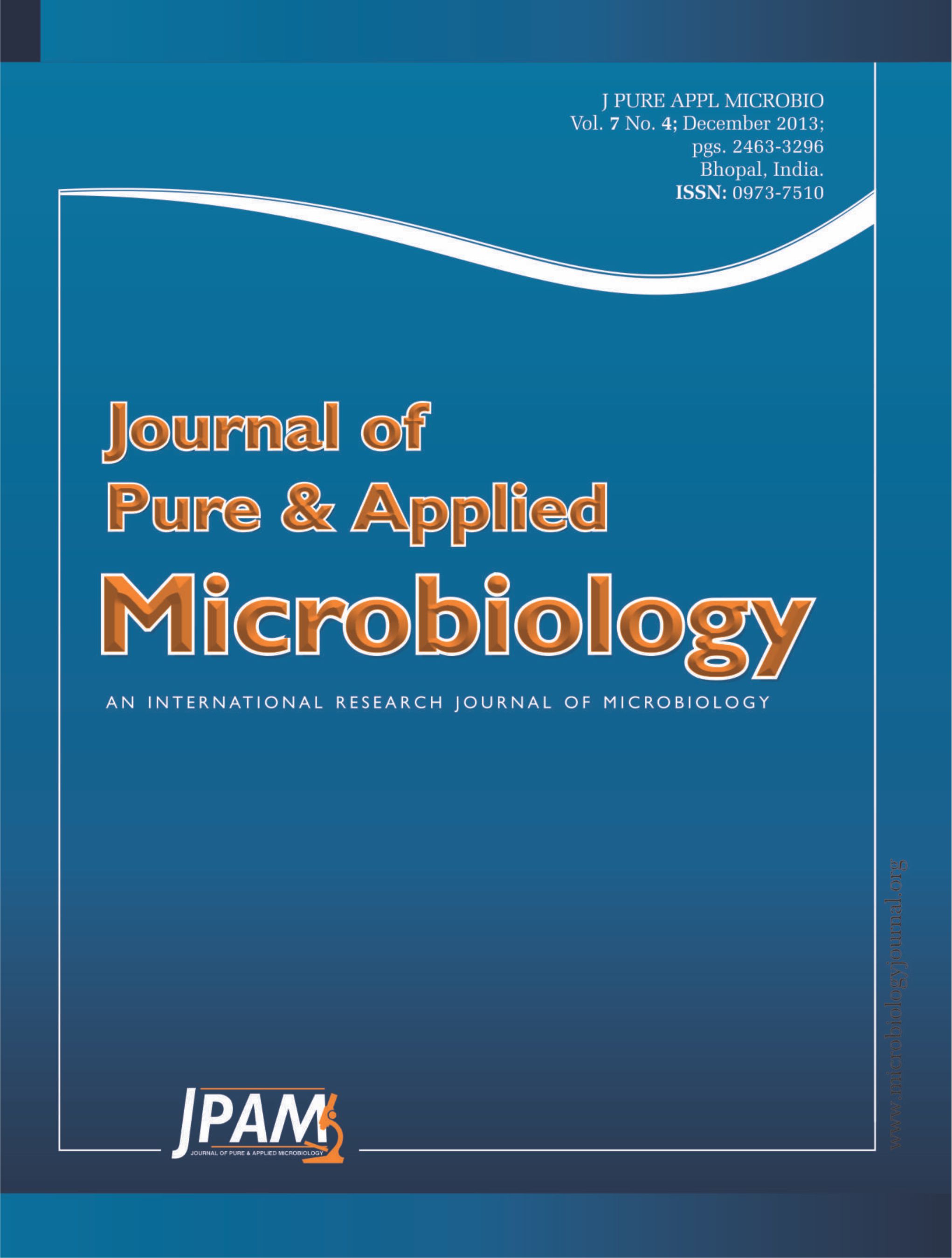The b-tubulin genes from three Stemphylium species which are insensitive to high concentration of carbendazim were amplified with two pairs of primers and sequenced. The lengths of three genes are 1431bp for Stemphylium solani, 1431bp for Stemphylium lycopersici and 1424bp for Stemphylium spinaciae respectively. All genes have three introns and encode proteins with 398 amino acids. The protein sequences of
b-tubulins of three Stemphylium species are highly homologous to those of other plant pathogenic fungi that are sensitive to carbendazim. The main difference is that the 167th amino acid of b-tubulins in Stemphylium is the residue Tyr instead of Phe, which is commonly found at the same position of b-tubulins in other fungi. These results suggest that carbendazim insensitive of the three Stemphylium species probably attributes to Tyr167.
β-Tubulin, Amino acid, Insensitive, Stemphylium
© The Author(s) 2013. Open Access. This article is distributed under the terms of the Creative Commons Attribution 4.0 International License which permits unrestricted use, sharing, distribution, and reproduction in any medium, provided you give appropriate credit to the original author(s) and the source, provide a link to the Creative Commons license, and indicate if changes were made.


